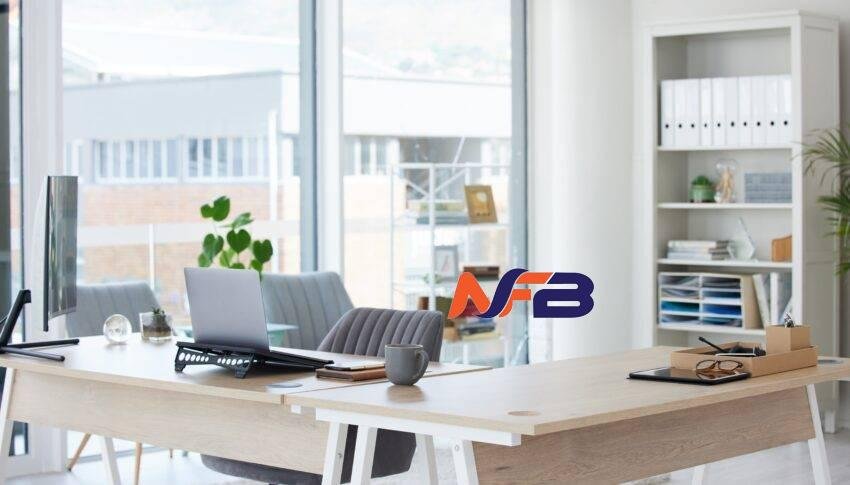In the modern workplace, the office table is more than just a piece of furniture; it’s a symbol of productivity, collaboration, and creativity. The design of office tables has evolved significantly over the years, reflecting changes in work culture, technology, and ergonomic principles. From traditional wooden desks to sleek, adjustable workstations, the evolution of office table design has been driven by a quest for efficiency, comfort, and aesthetic appeal.
Historically, office tables were simple, utilitarian pieces of furniture, often made from sturdy wood or metal. These desks typically featured spacious surfaces for writing or typing, along with a few drawers for storage. However, as the nature of work has evolved, so too have the demands placed on office furniture.
One of the most significant shifts in office table design has been the move towards ergonomic solutions. With increasing awareness of the importance of employee health and well-being, ergonomic office tables have become essential in modern workplaces. These tables are designed to promote proper posture, reduce strain on the body, and minimize the risk of repetitive stress injuries.
Read Also:- Google Ads
Ergonomic office tables often feature adjustable height settings, allowing users to customize the desk to their preferred working position. This adaptability is particularly beneficial in environments where employees alternate between sitting and standing throughout the day. Some advanced ergonomic tables even include built-in features such as integrated cable management systems and height-adjustable keyboard trays, further enhancing comfort and efficiency.
In addition to ergonomic considerations, contemporary office table design also prioritizes flexibility and versatility. With the rise of remote and flexible work arrangements, office furniture needs to be adaptable to a variety of tasks and settings. Modular office tables, for example, can be easily reconfigured to accommodate different team sizes or collaborative activities. This flexibility fosters creativity and innovation, allowing employees to seamlessly transition between individual work and group projects.
Another trend shaping office table design is the integration of technology. In today’s digital age, connectivity is paramount, and office tables are being equipped with an array of built-in features to support modern work practices. Wireless charging pads, USB ports, and integrated power outlets are becoming common features of office tables, enabling employees to stay connected and productive throughout the day without the hassle of tangled cords and cables.
Furthermore, sustainability is increasingly becoming a focal point in office furniture design. As businesses strive to reduce their environmental footprint, there is a growing demand for eco-friendly materials and manufacturing processes. Office tables made from recycled materials, such as reclaimed wood or recycled plastic, are gaining popularity due to their durability and environmental benefits. Additionally, modular designs that can be easily disassembled and recycled at the end of their lifecycle are becoming more prevalent, contributing to a circular economy model.
Despite these advancements, aesthetics remains an essential consideration in office table design. A well-designed office table not only enhances the visual appeal of the workspace but also reflects the company’s brand identity and values. Sleek, minimalist designs are favored in contemporary office environments, emphasizing clean lines and uncluttered surfaces. However, there is also a growing appreciation for customizable options that allow individuals to express their personality and style through their workspace.
Read Also:- Instagram Views
In conclusion, the evolution of office table design reflects broader shifts in work culture, technology, and sustainability. From ergonomic innovations to integrated technology and eco-friendly materials, modern office tables are designed to enhance productivity, collaboration, and employee well-being. As the workplace continues to evolve, so too will the design of office furniture, ensuring that the workspace remains a dynamic and inspiring environment for years to come.












Leave a Reply